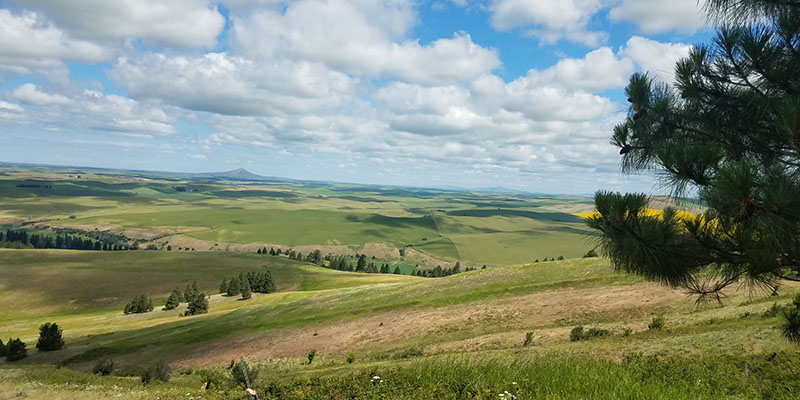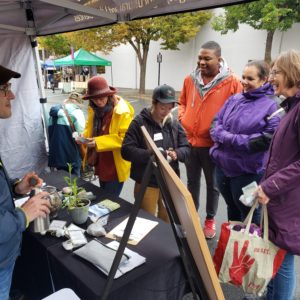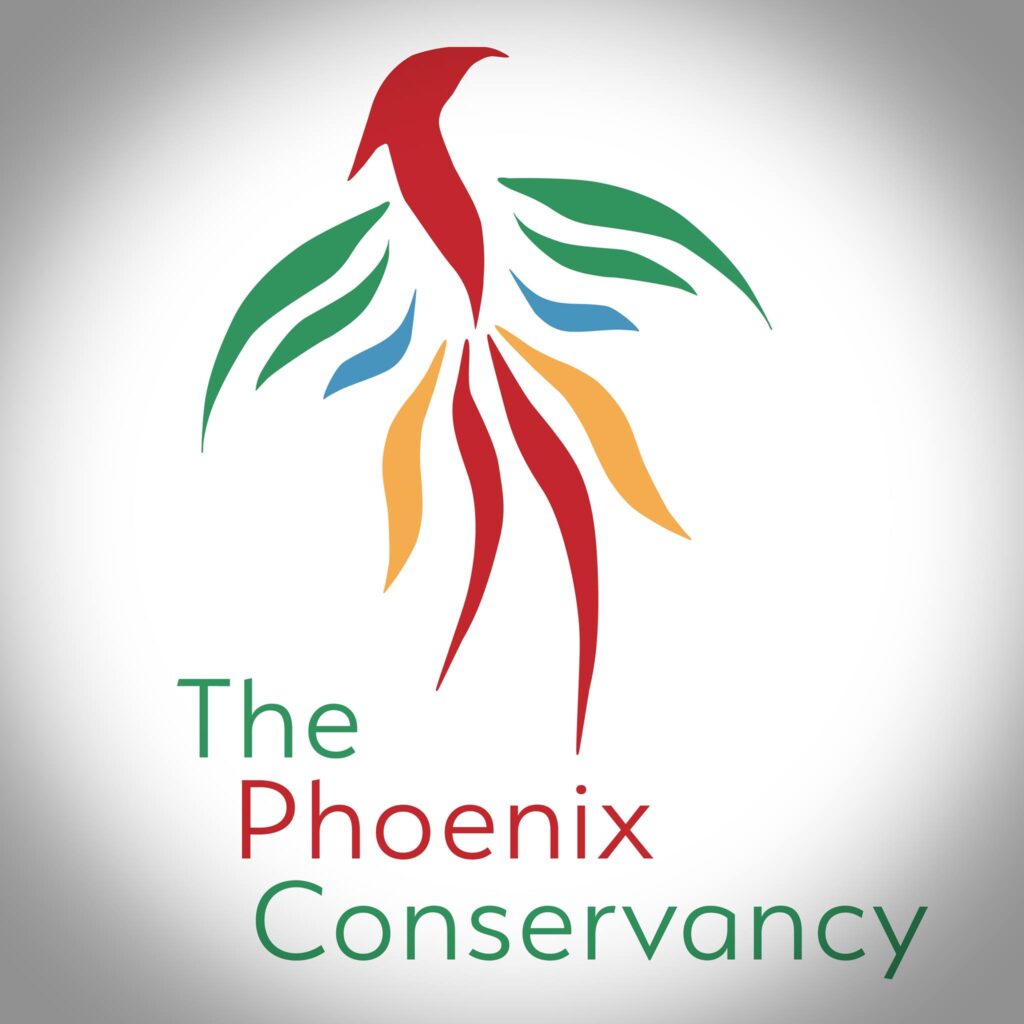Washingtonians know how fortunate we are to live in a state with a beautiful and varied landscape. We also know that non-indigenous settlers have seriously altered that landscape. The Palouse Prairie, which encompasses much of Eastern Washington, has changed significantly in the past 200 years. Today, there’s less than 1% of the native prairie remaining. Can you imagine what it looked like before, not dominated by invasive species, but instead native grasses and wildflowers?

The Phoenix Conservancy has been working in partnership with others to restore the flora and fauna of the area. The key to their success? They prioritize local communities to inform their restoration decisions and project focus. Using these measures, they have founded projects in the Palouse, in the short-grass prairies of the Great Plains, and in the forests of Madagascar. From the beginning, they have been committed to sustainable solutions that benefit everyone: flora, fauna, and humans.

In a recent victory, the Phoenix Conservancy signed an agreement with the city of Pullman to become the conservational stewards of a section of Conservation Park, a 13-acre park in the center of the city. Currently dominated by invasive species, they are working to restore the native landscape in the 3.2 acres they have adopted. Before they started the project though, they made sure to listen. They worked hard to involve the community in the future of the space by hosting a town hall at a local brewery where citizens could give their feedback. Around 50 passionate community members attended, people really invested in the project. They even had a booth at the Moscow, ID farmers market to connect with the community across state lines. These community spaces allowed them to hear ideas and concerns from residents and provide updates.

The Phoenix Conversancy has applied internationally its model of first gaining an understanding of the problems facing local communities and the native biodiversity of the region before starting a project. Phoenix Conservancy team members recently visited a rainforest in Madagascar, home to multiple endangered plants and animals. The rainforest had no natural firebreaks remaining and the yearly fires threatened to destroy more and more of the forest. Not only did the team install new firebreaks, they made sure to include the local community, who were very invested in the land and project. Local villagers were paid to do the work, and native plant seeds were bought locally.
The Phoenix Conservancy has fostered a thriving community of supporters and partners. Bernardo Traversari, Palouse Community Outreach Coordinator, shares some of his insights:
- Create opportunities for collaboration with other nonprofits, not competition. The Phoenix Conservancy always look for opportunities to contribute to others’ projects and hope that their partners will support them in their projects. They knew that Conservation Park would be an outdoor recreational and educational space used by other community groups and worked with local schools to create educational programs. Collaboration ensures that the project provides the most benefit possible.
- Focus on meaningful change. The Phoenix Conservancy looks for where their expertise could most benefit and try to avoid duplicating services. They focus on environmental restoration with community well-being.
- Give the community a space to be heard before projects start! You not only demonstrate your commitment and integrity to future supporters, you can also avoid making costly mistakes by getting the information you need to know before investing significant time and money.
Traversari recognizes how important the community is in their work. “People in the Palouse are really committed to the Palouse. There are so many nonprofits and community groups in the area. That wouldn’t be possible without the immense support of residents.” For more about this amazing community, see this previous member spotlight!

The mission of the Phoenix Conservancy is to restore endangered ecosystems globally for the communities that depend on them and the conservation of biodiversity. Current projects are in the Palouse, in the short-grass prairies of the Great Plains, and in the forests of Madagascar. They have been a Washington Nonprofits member since 2017.